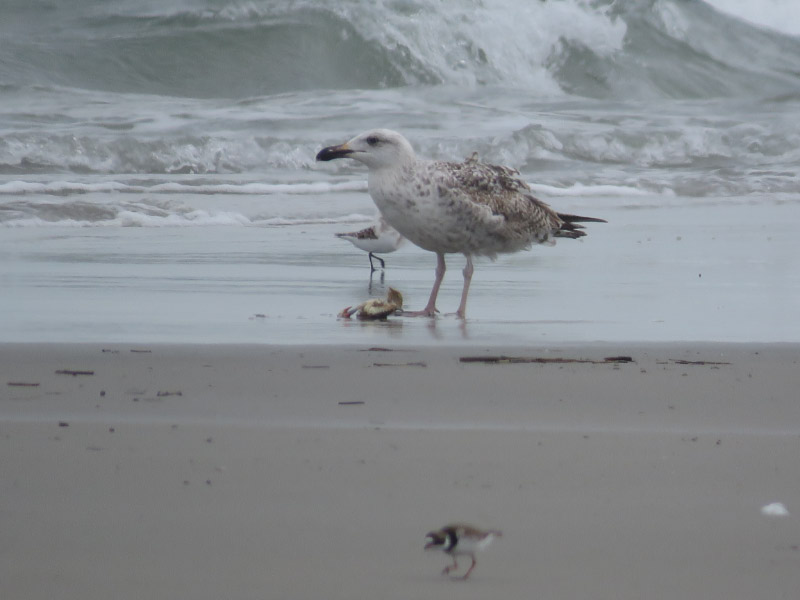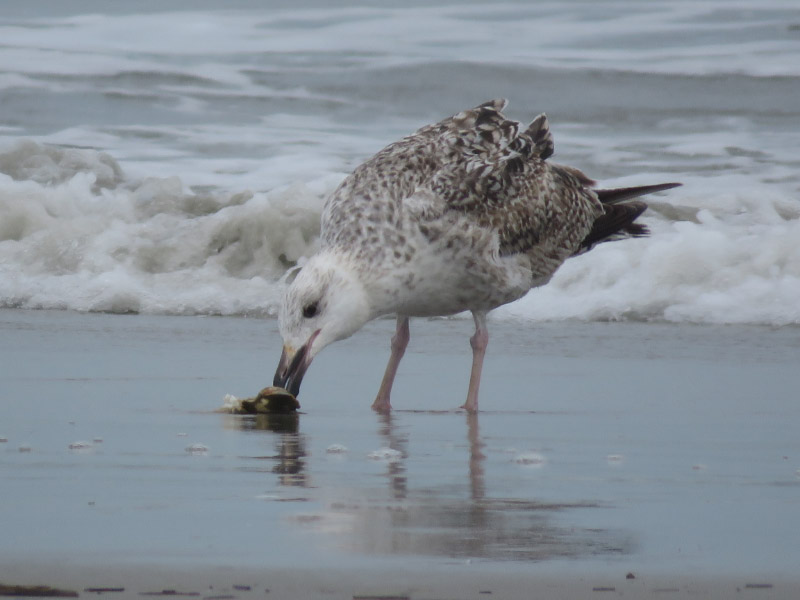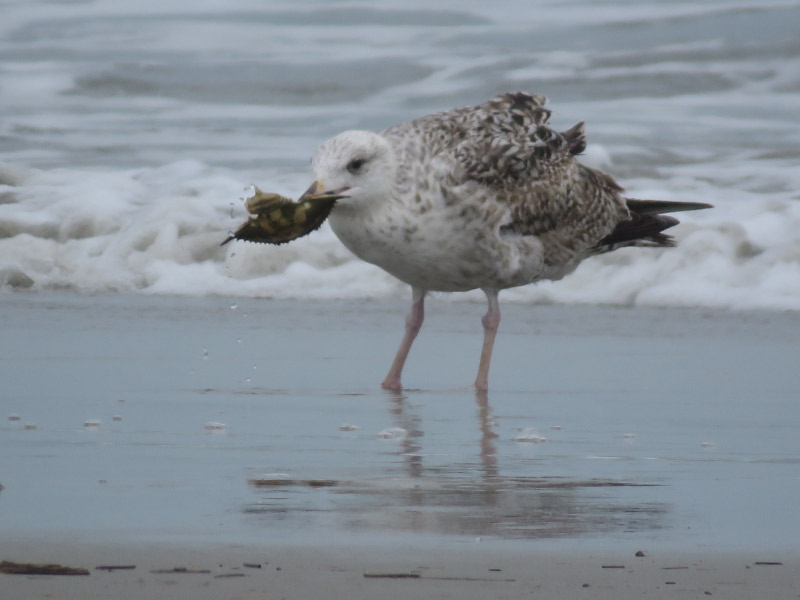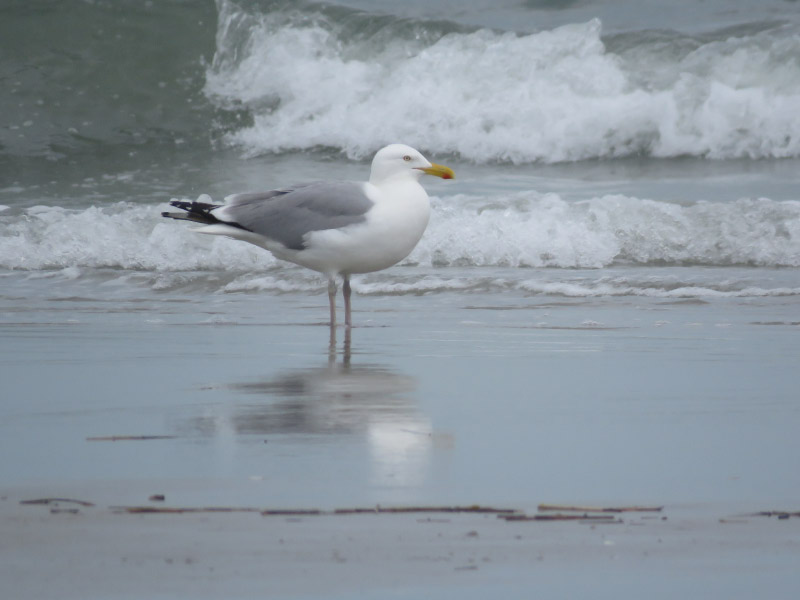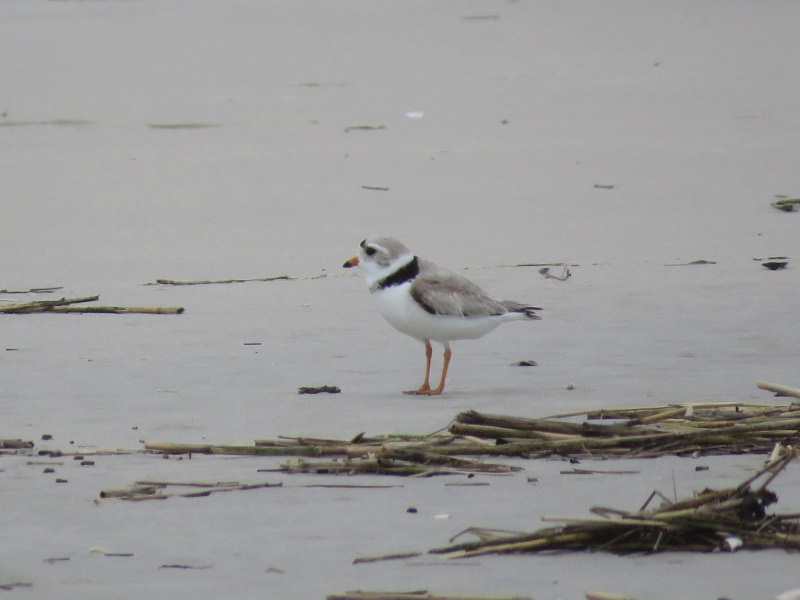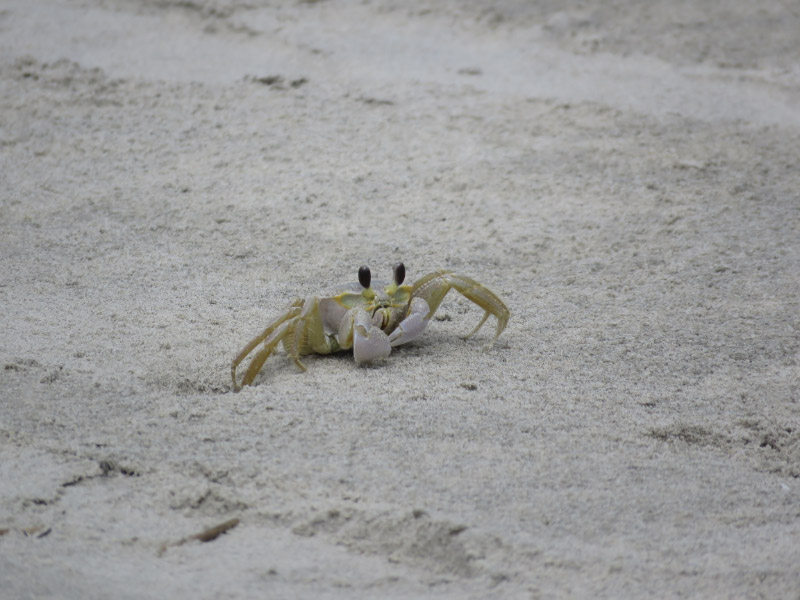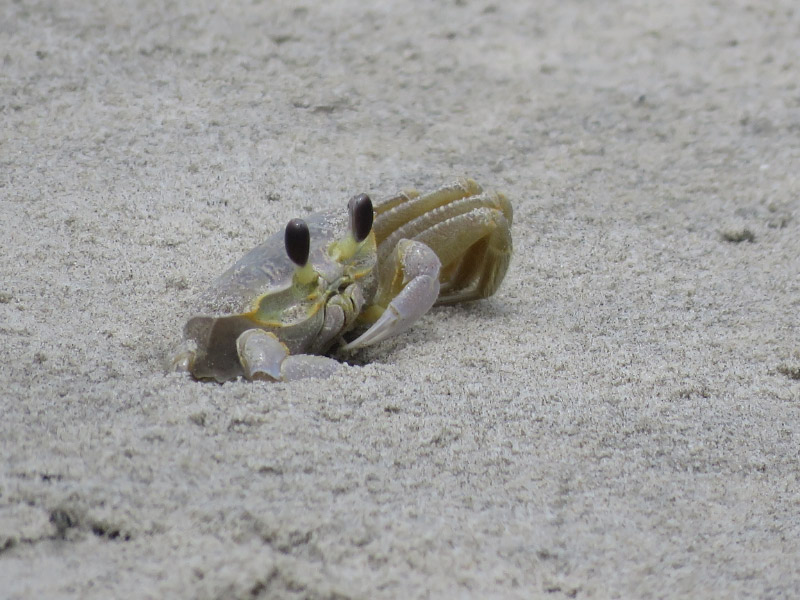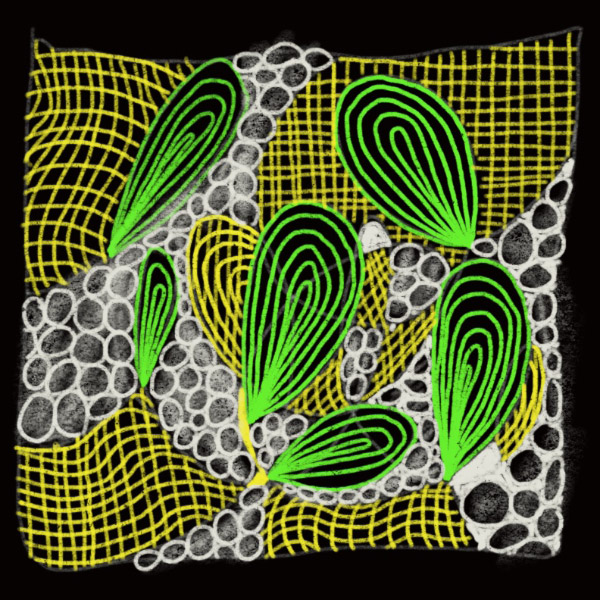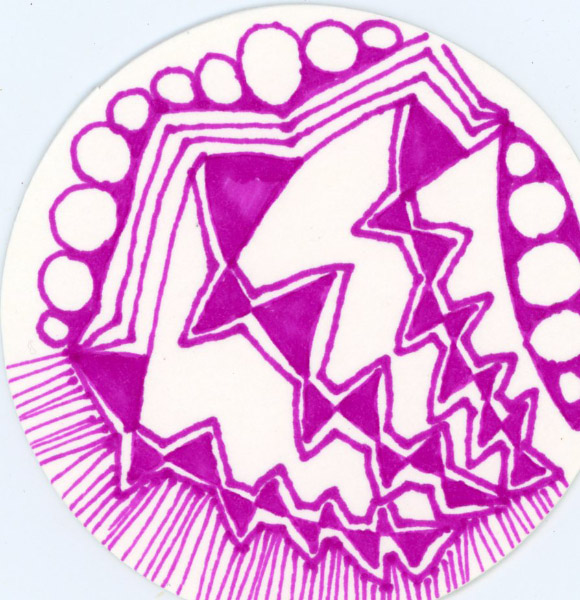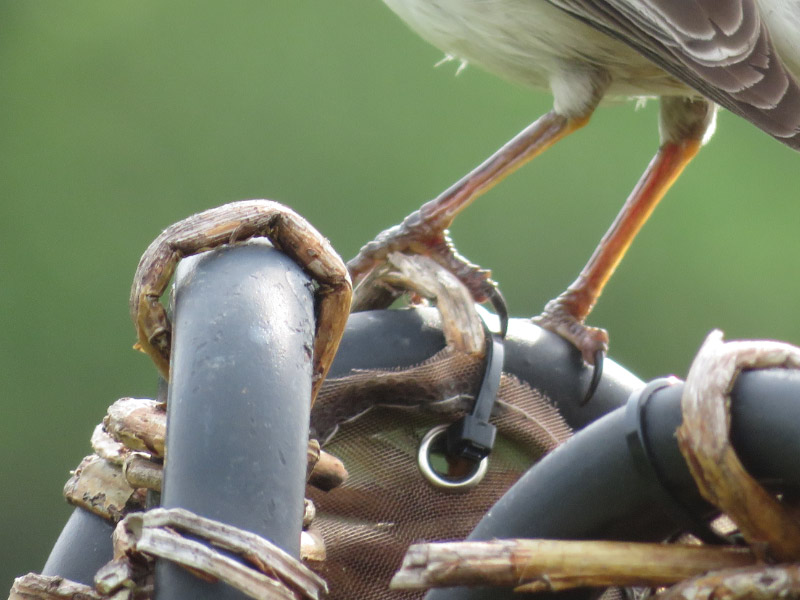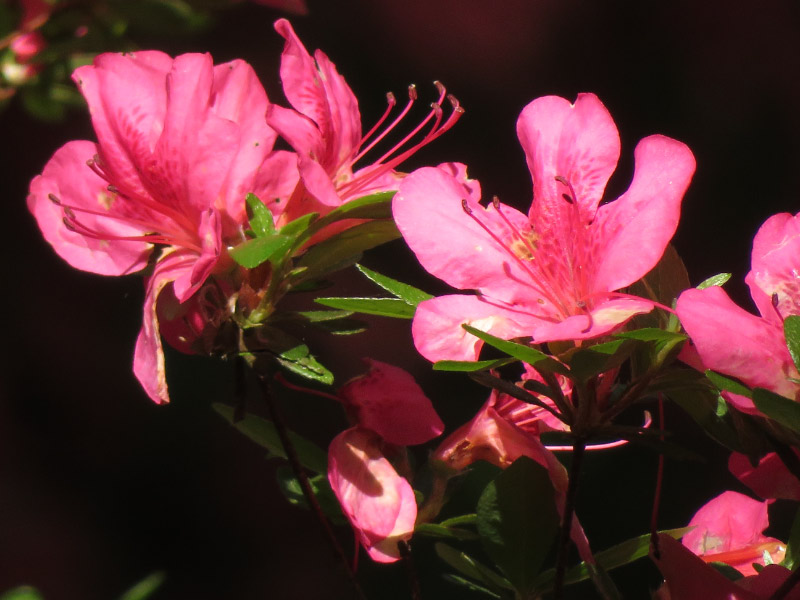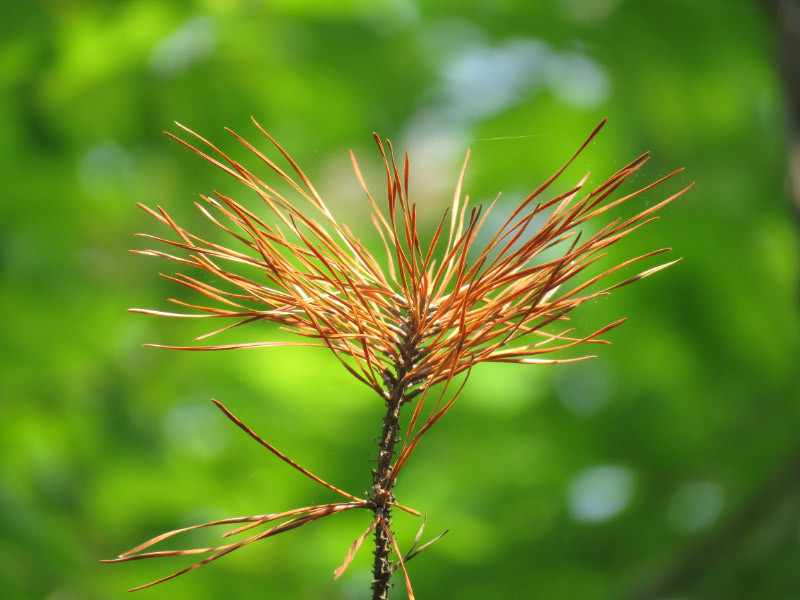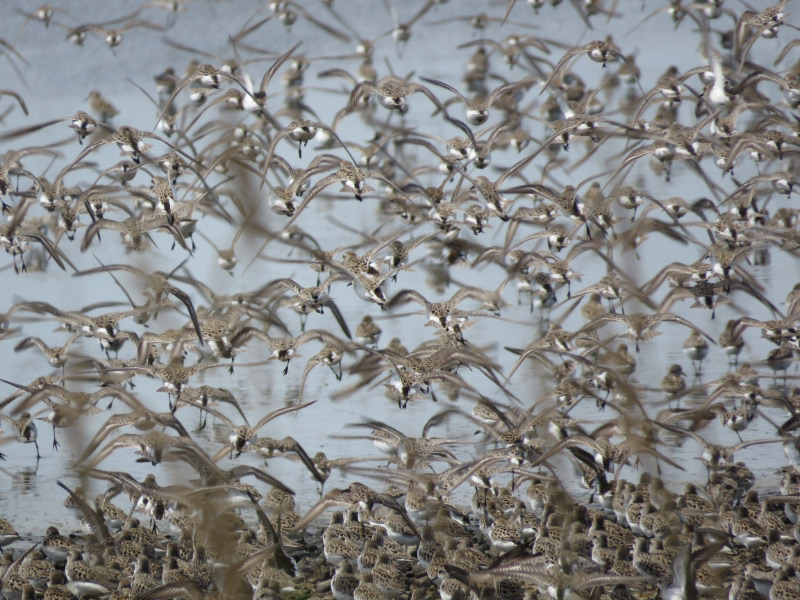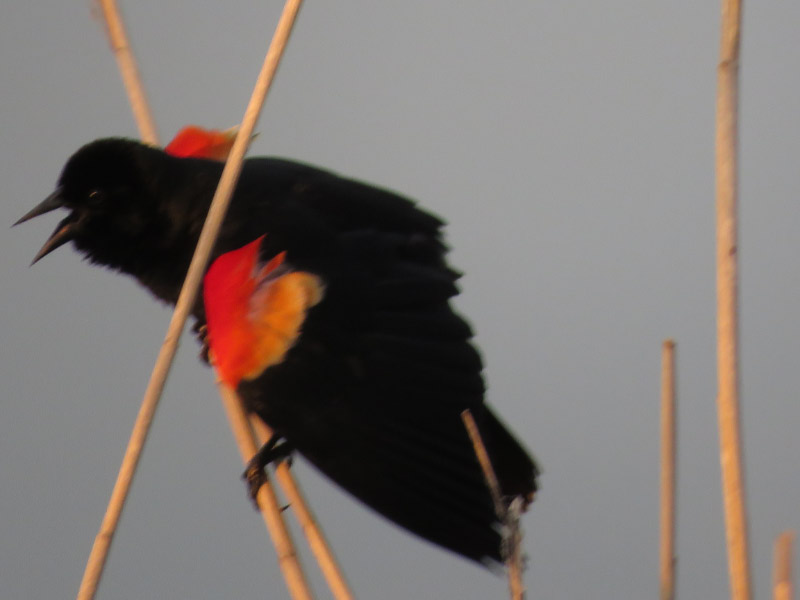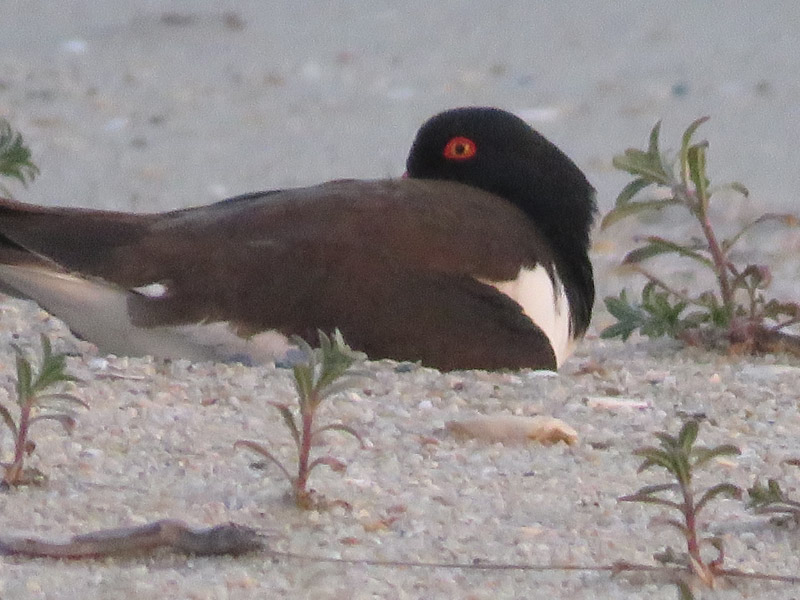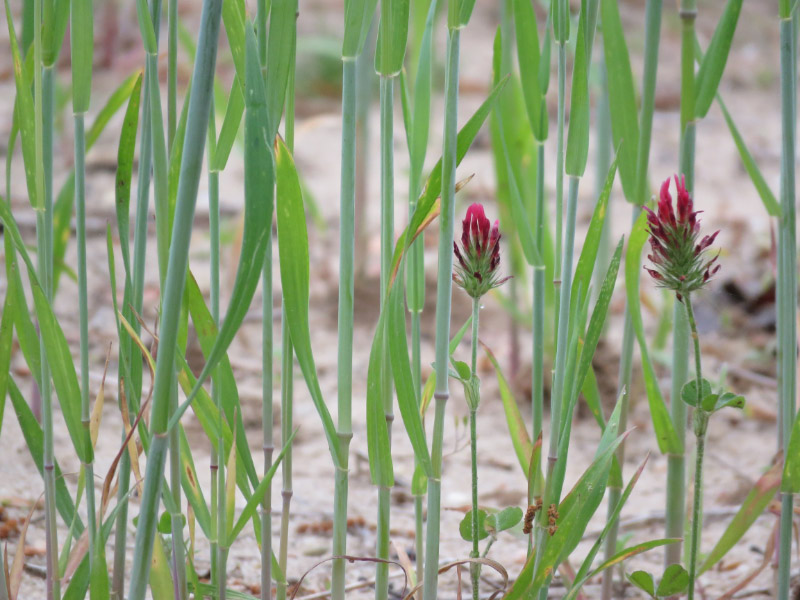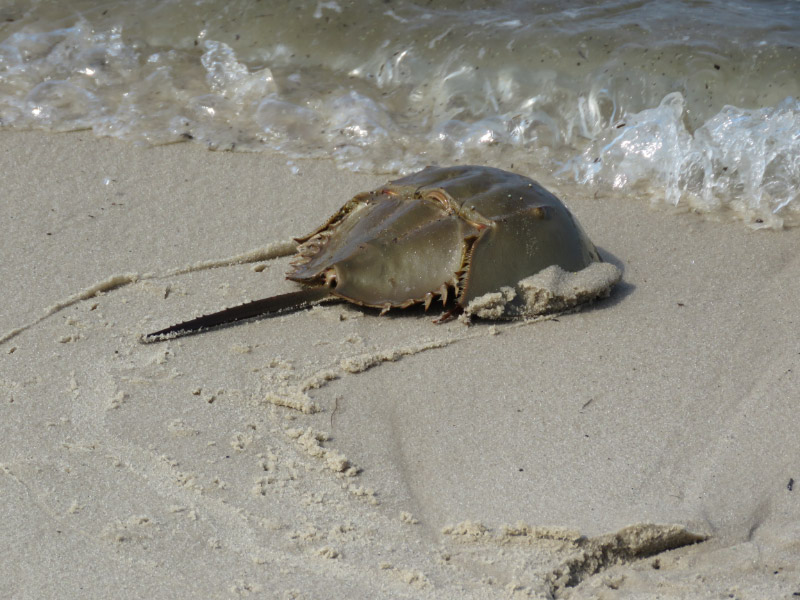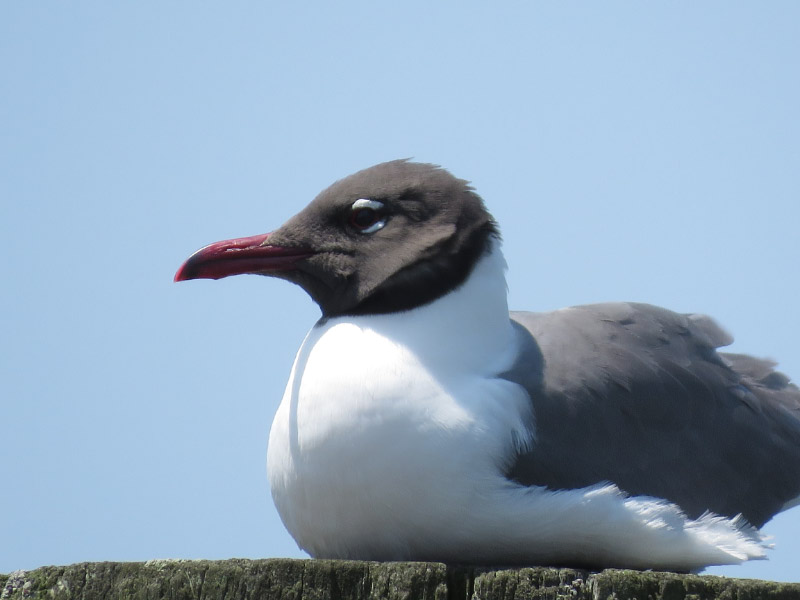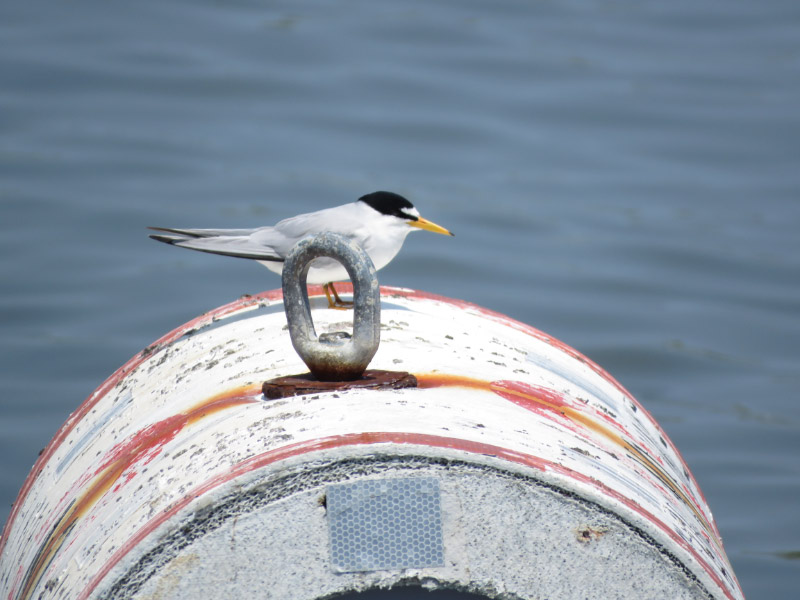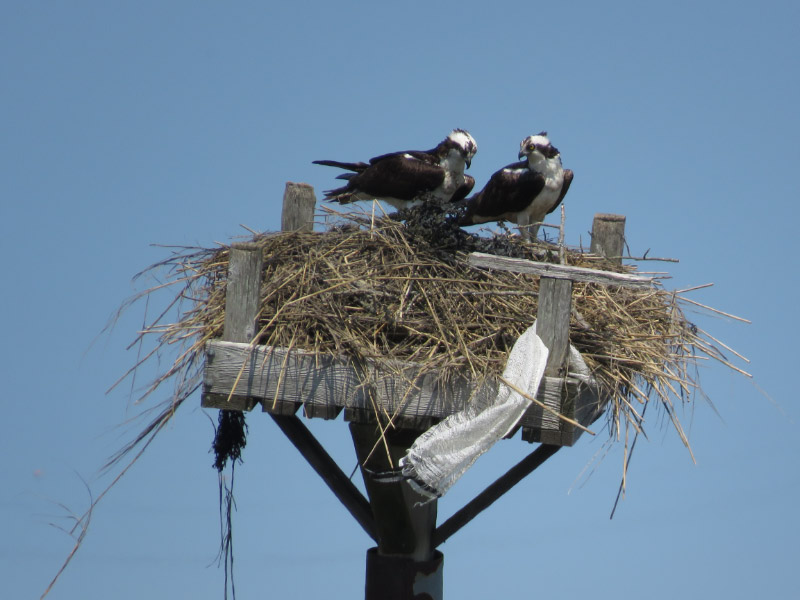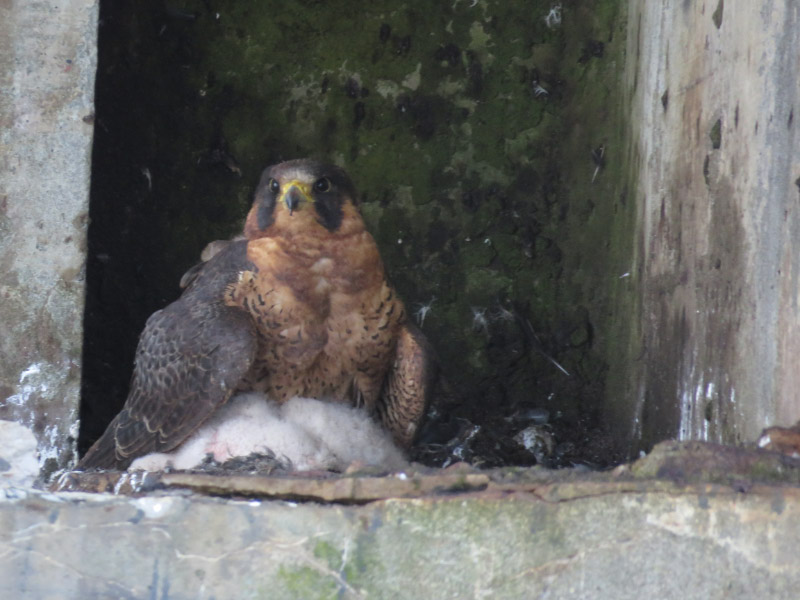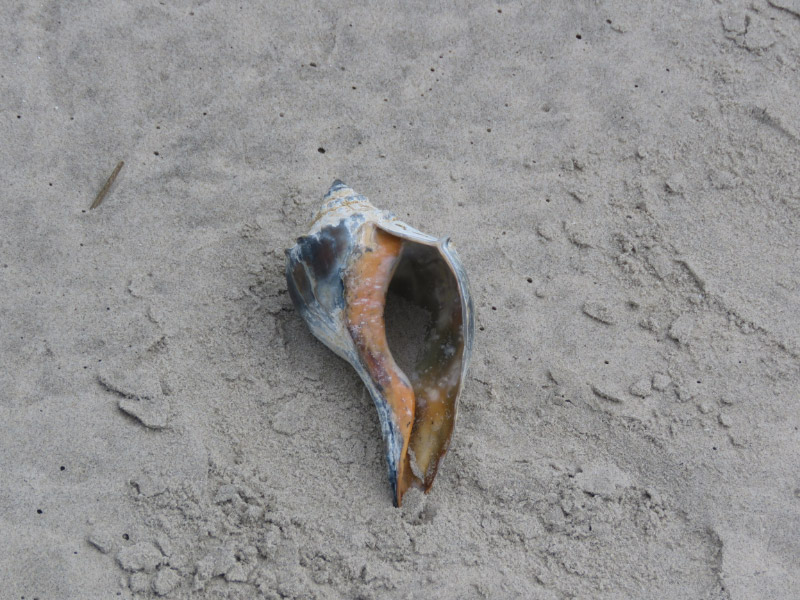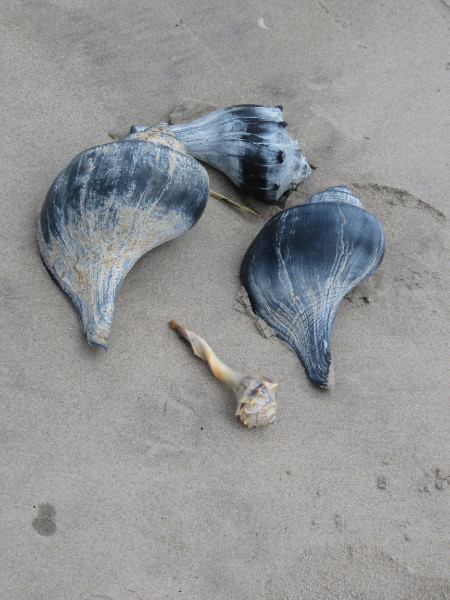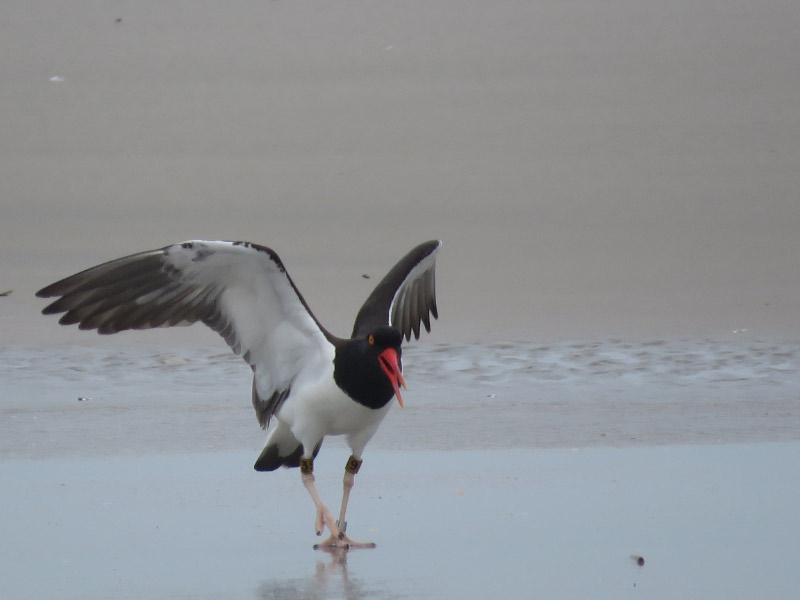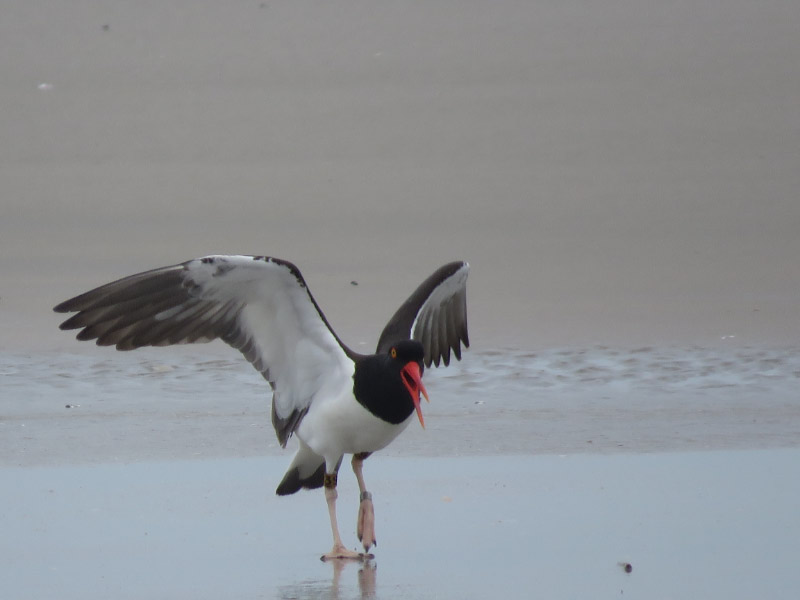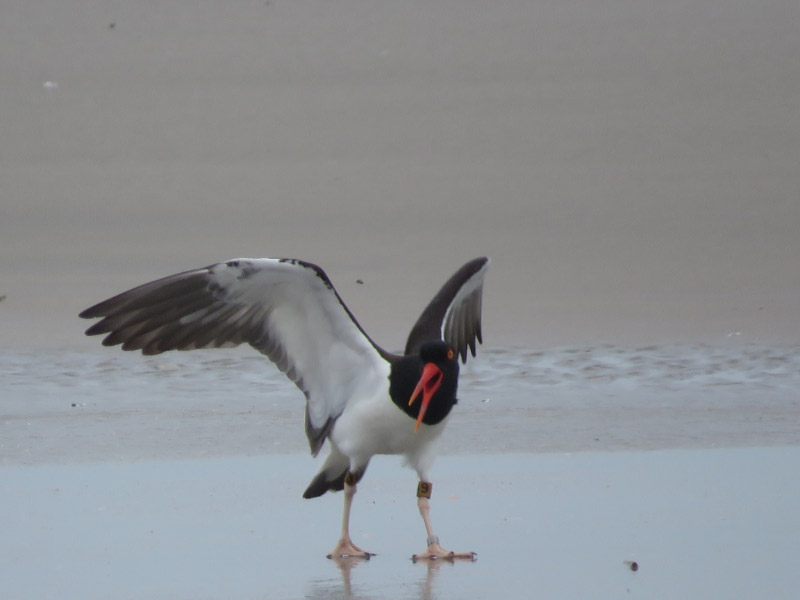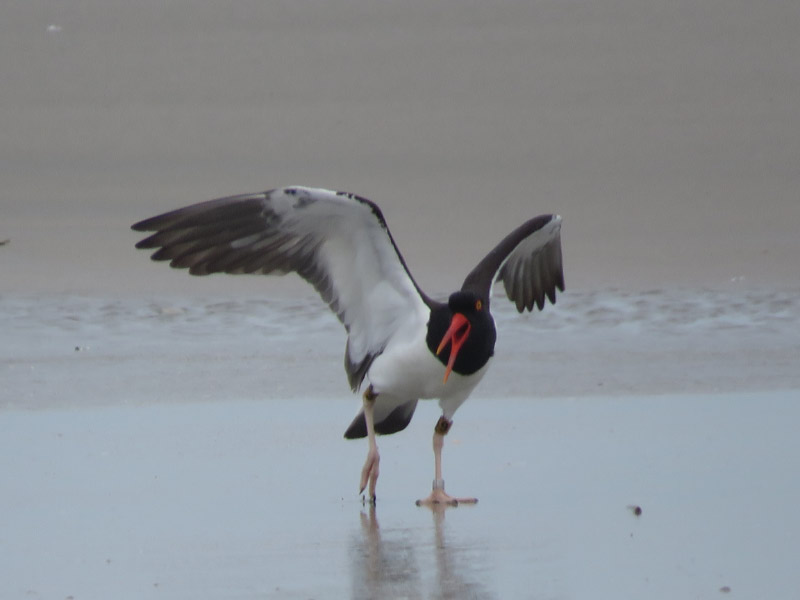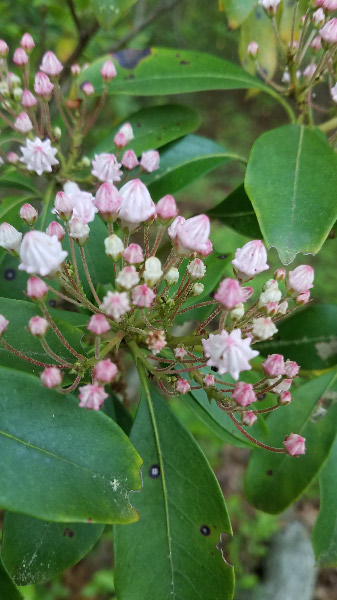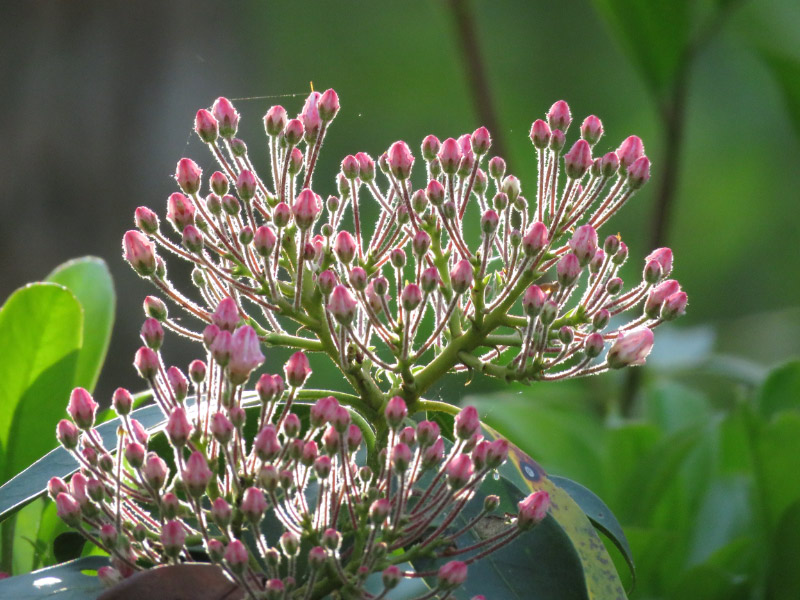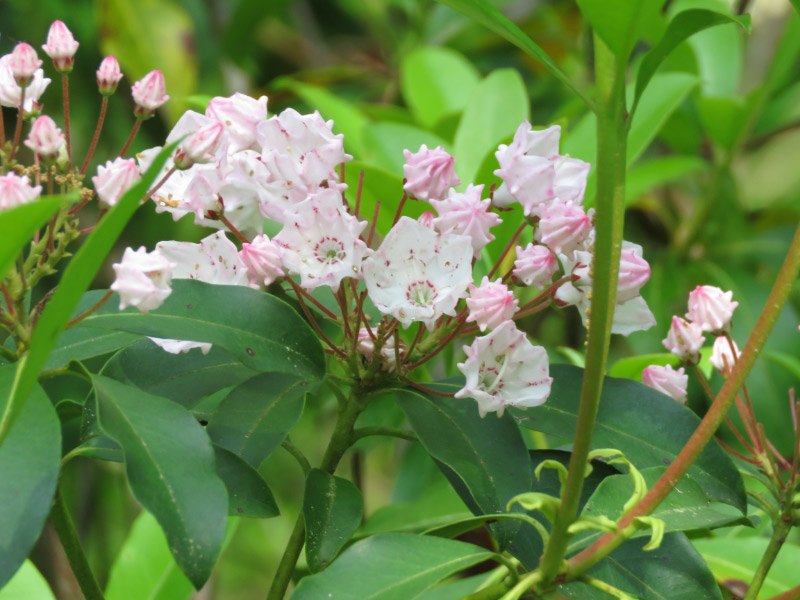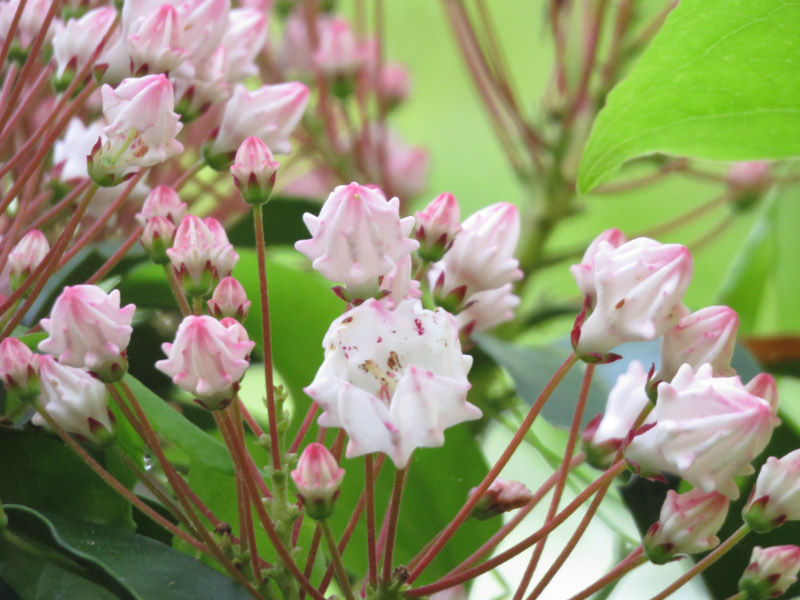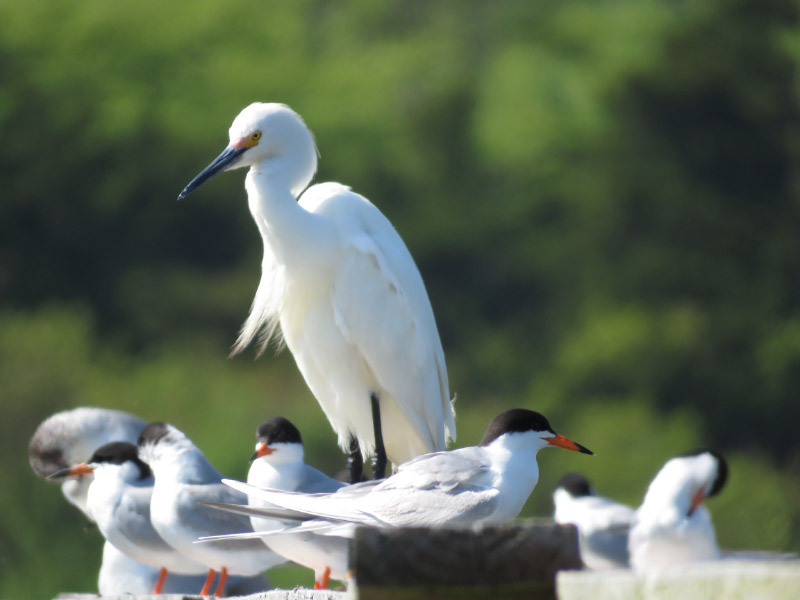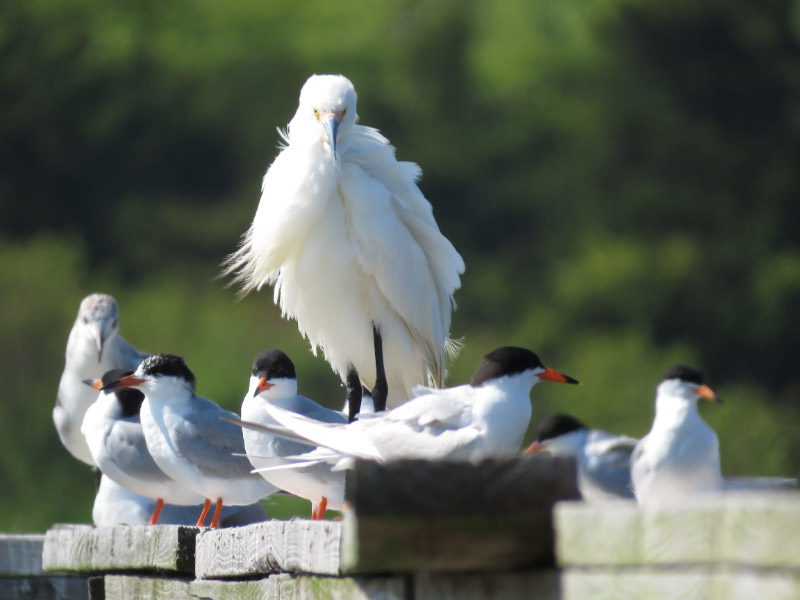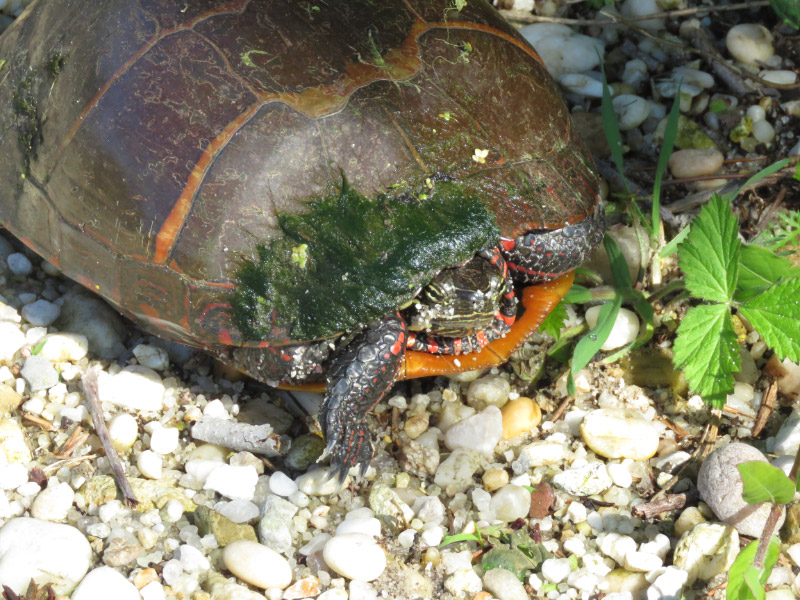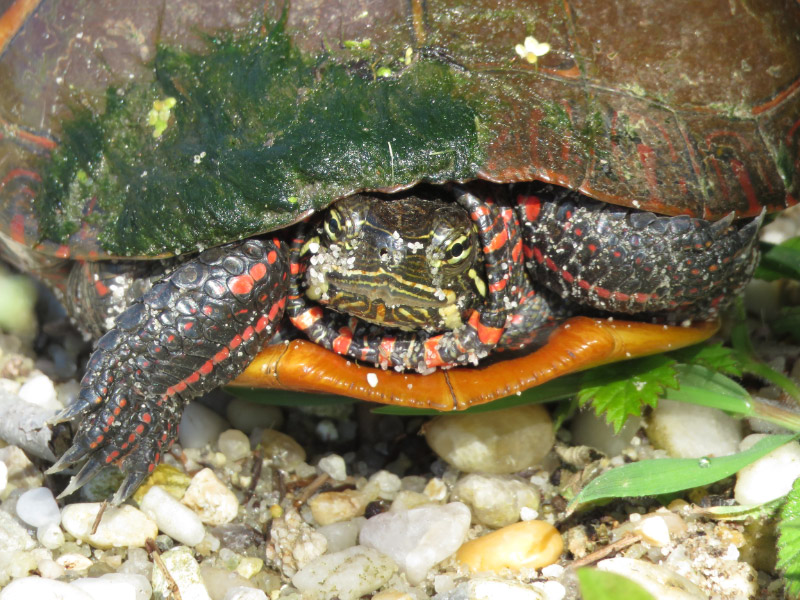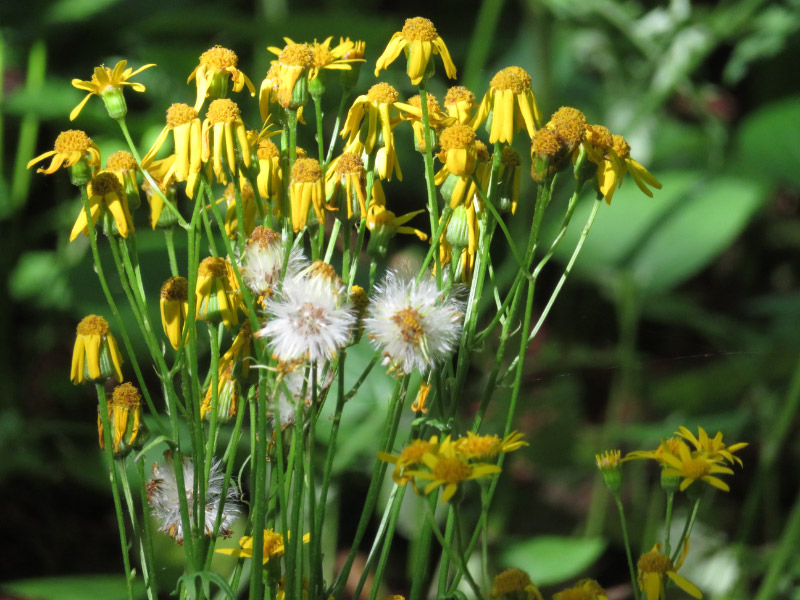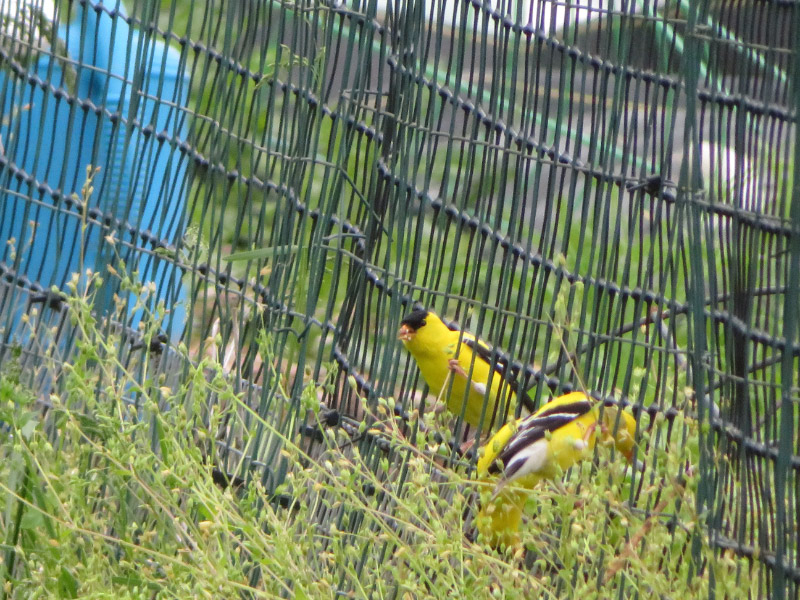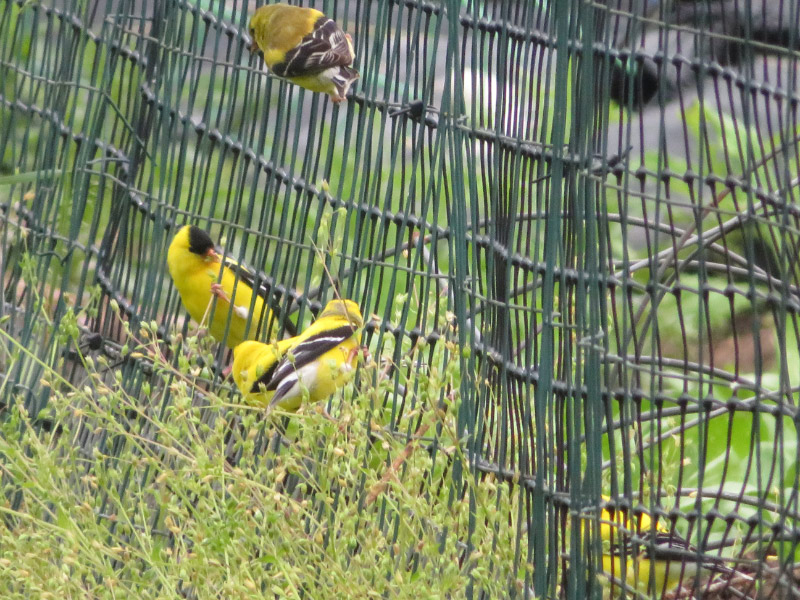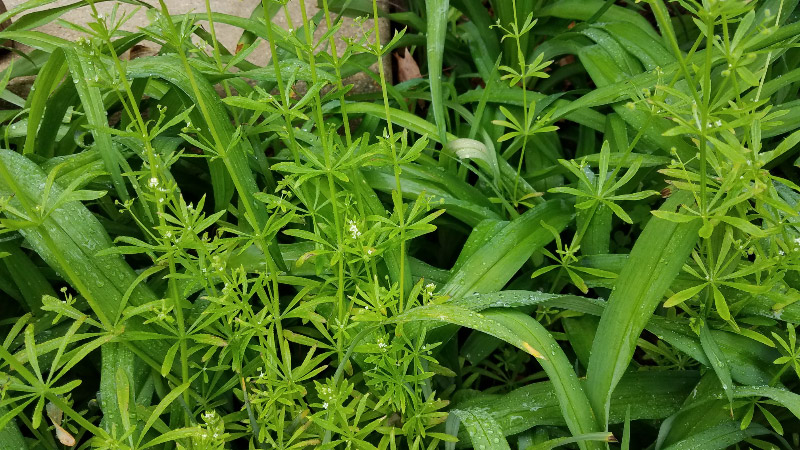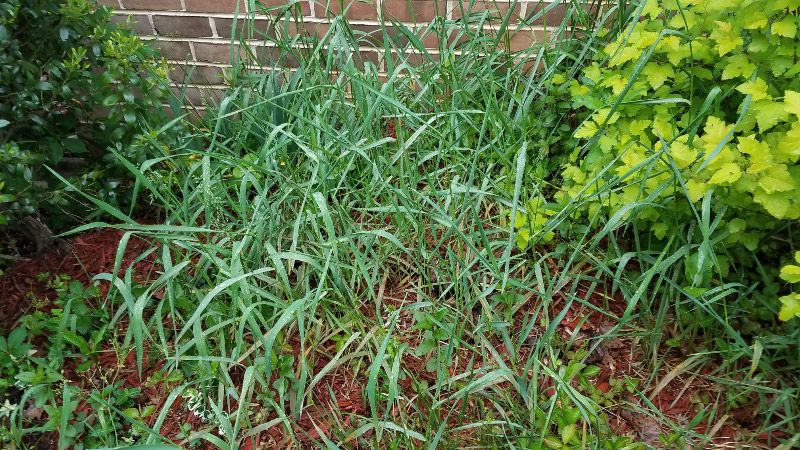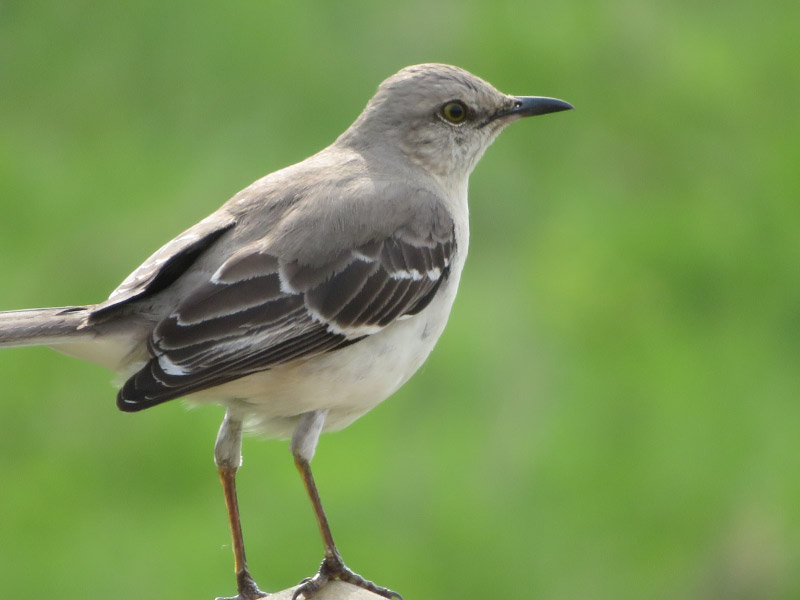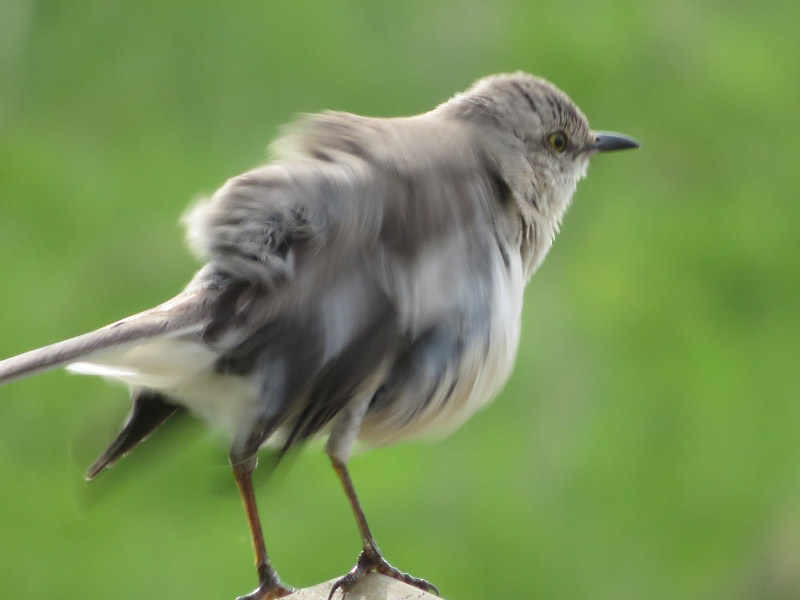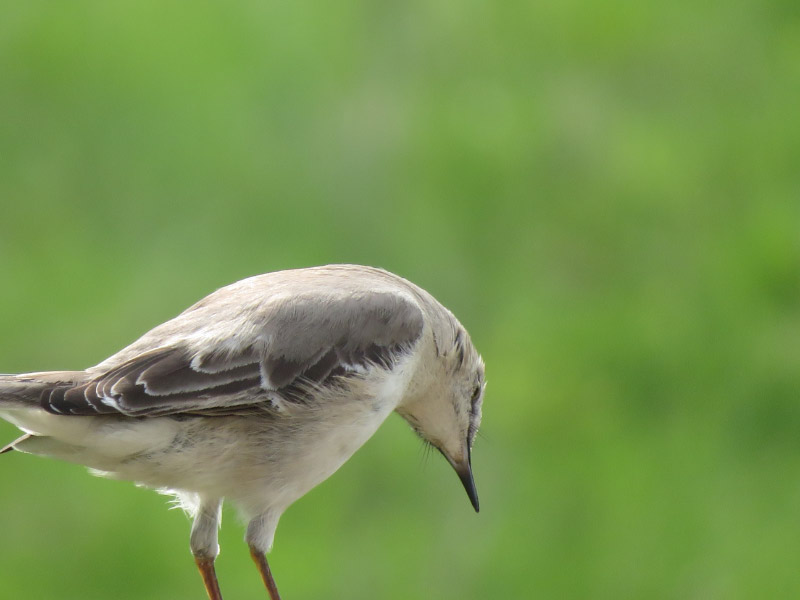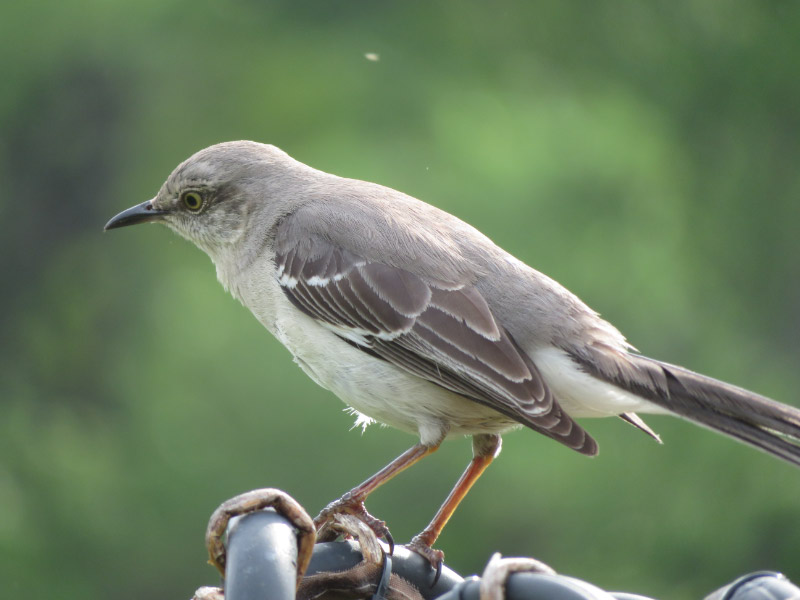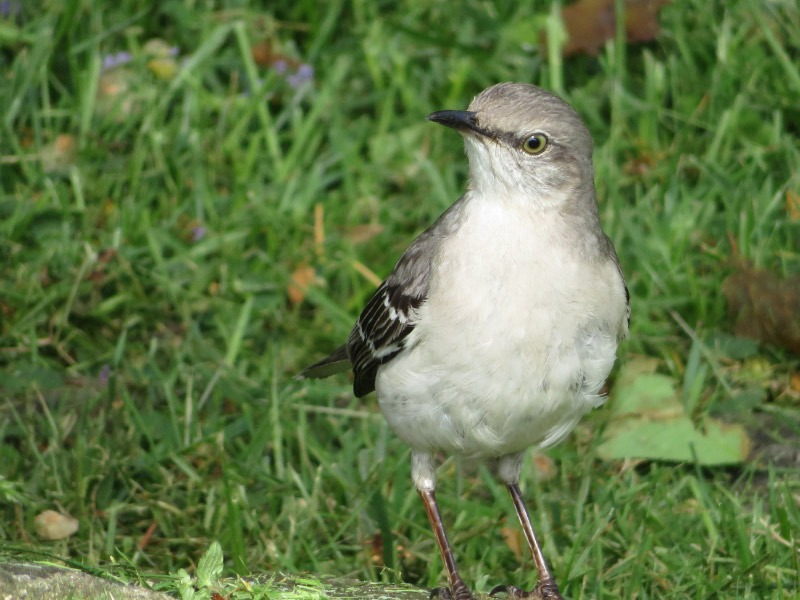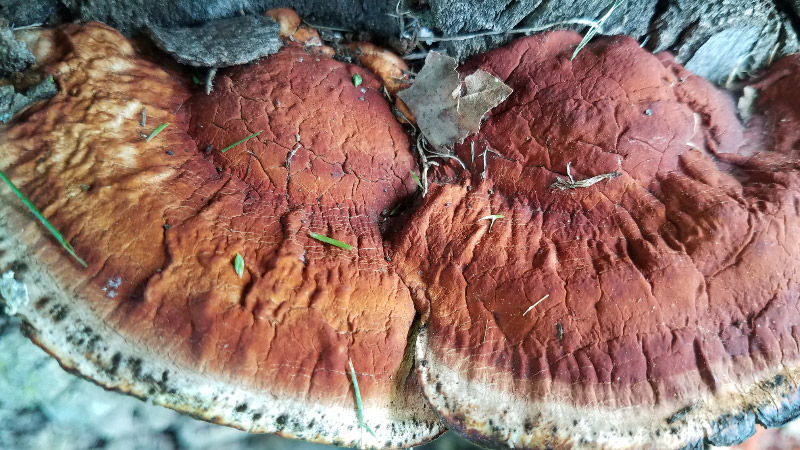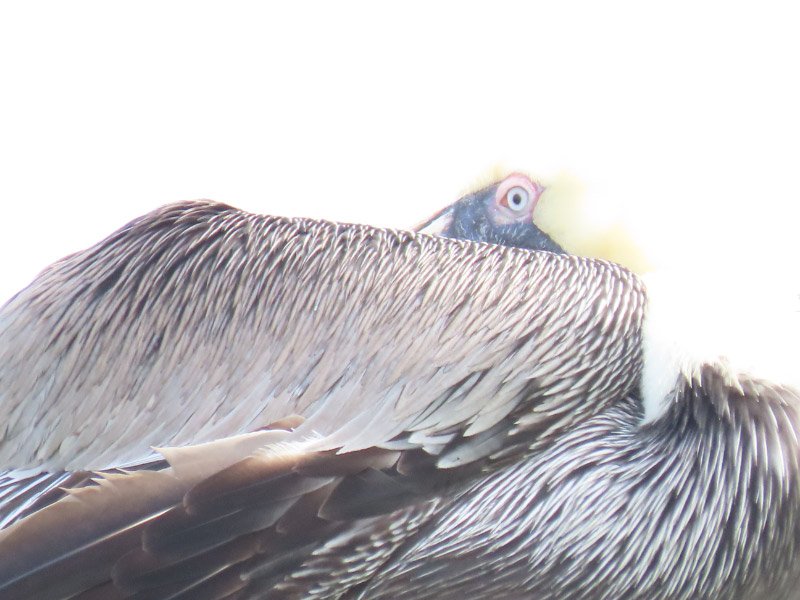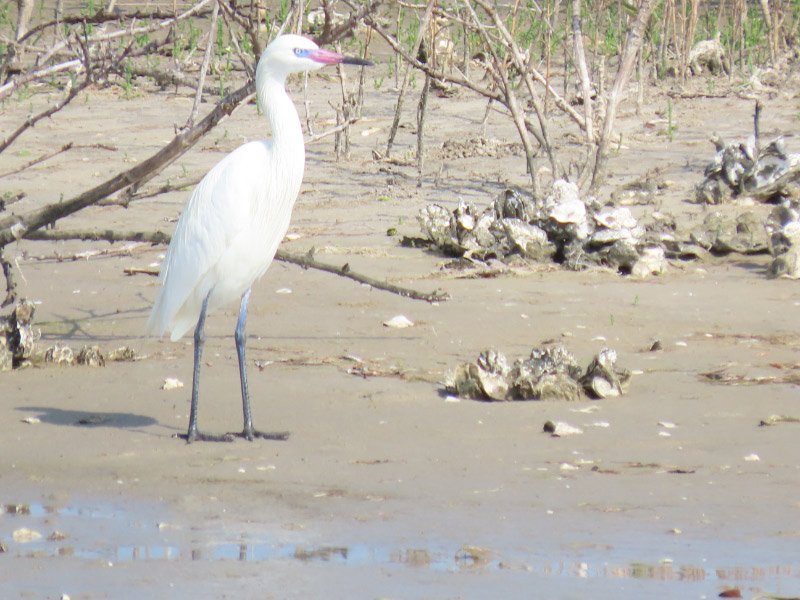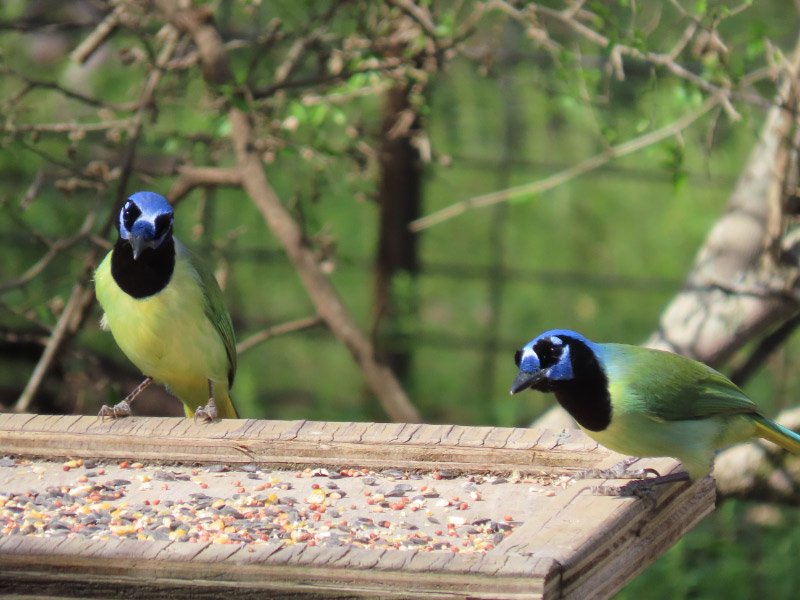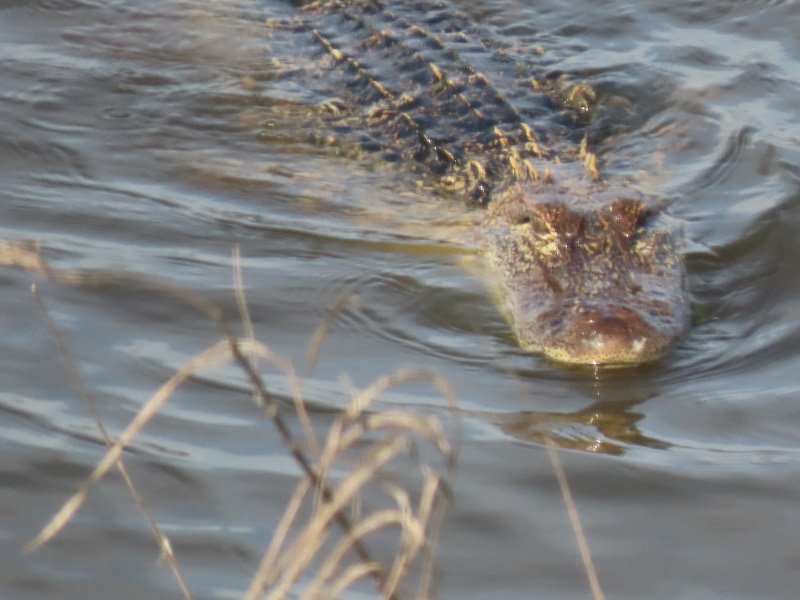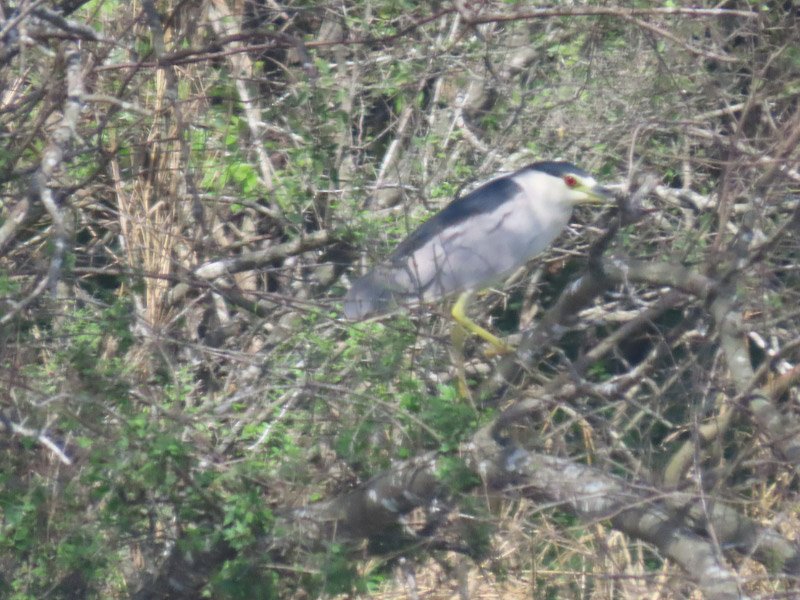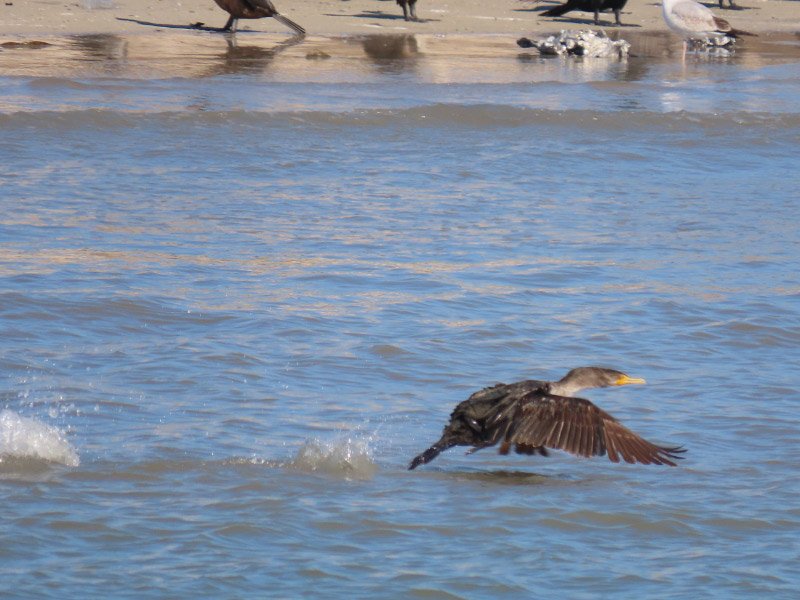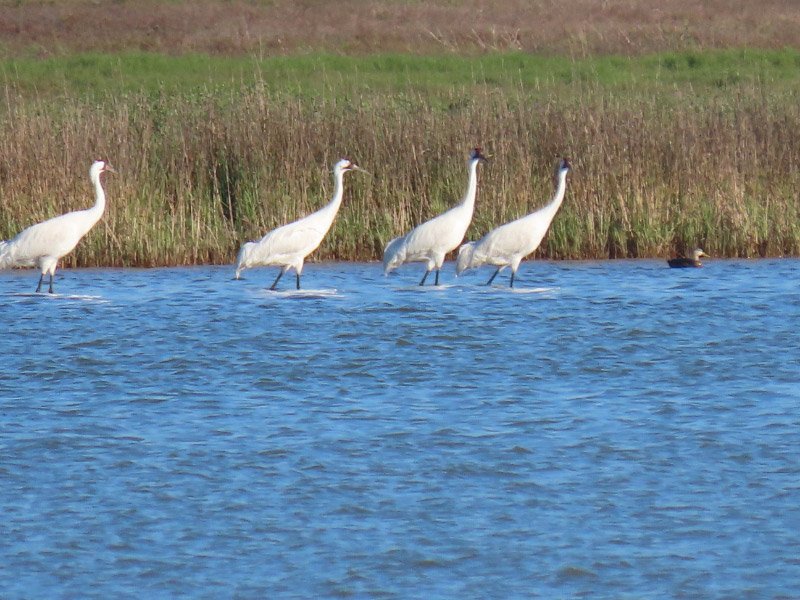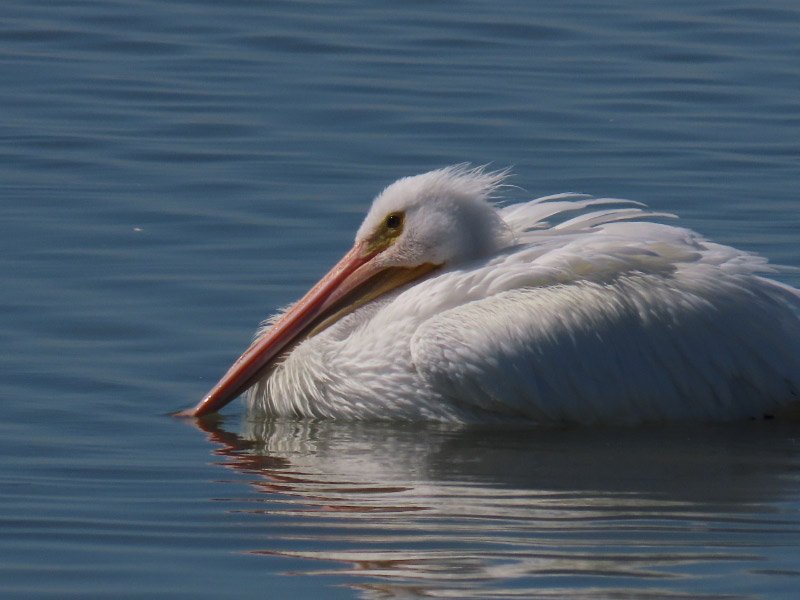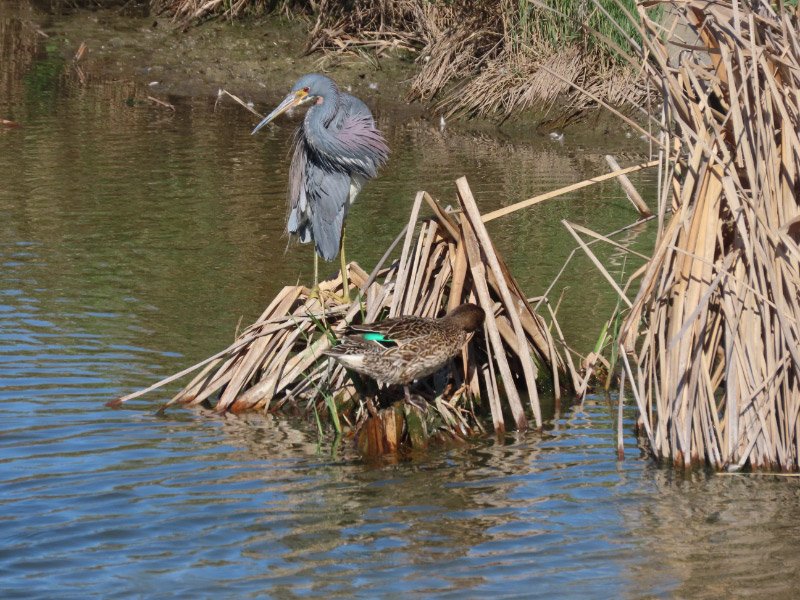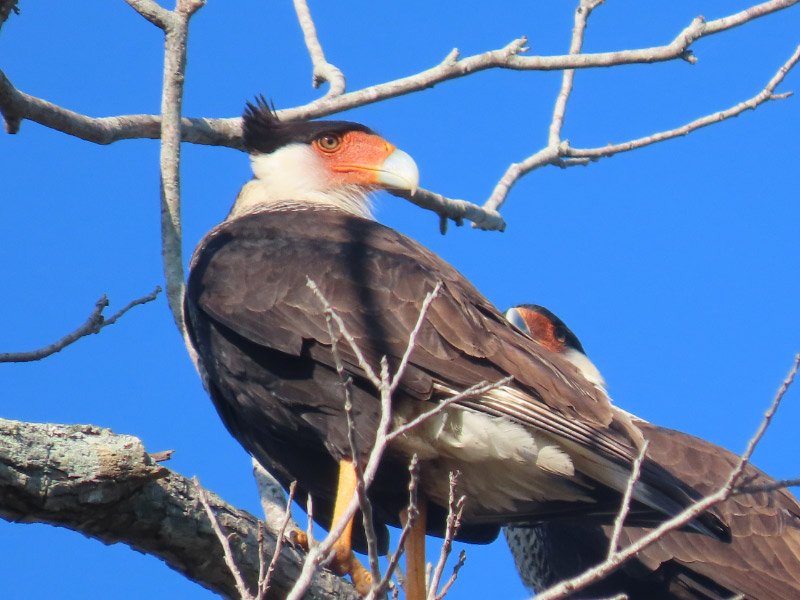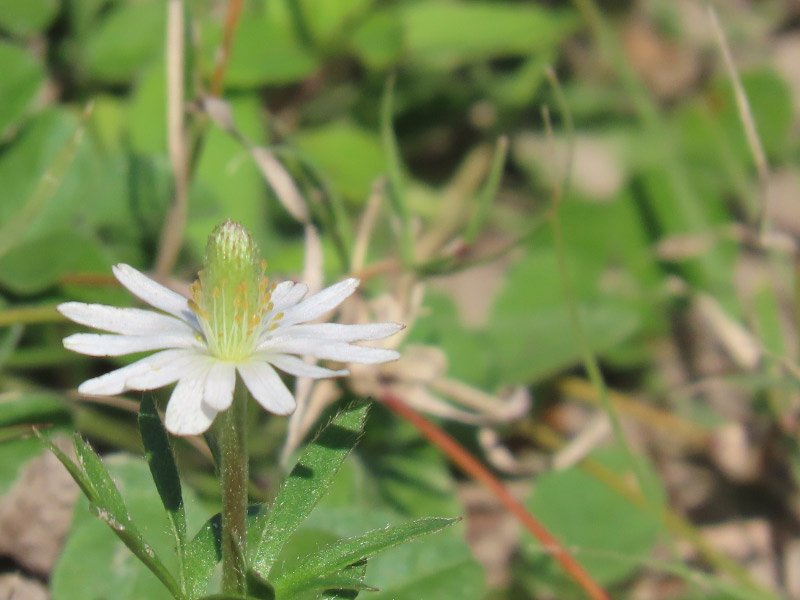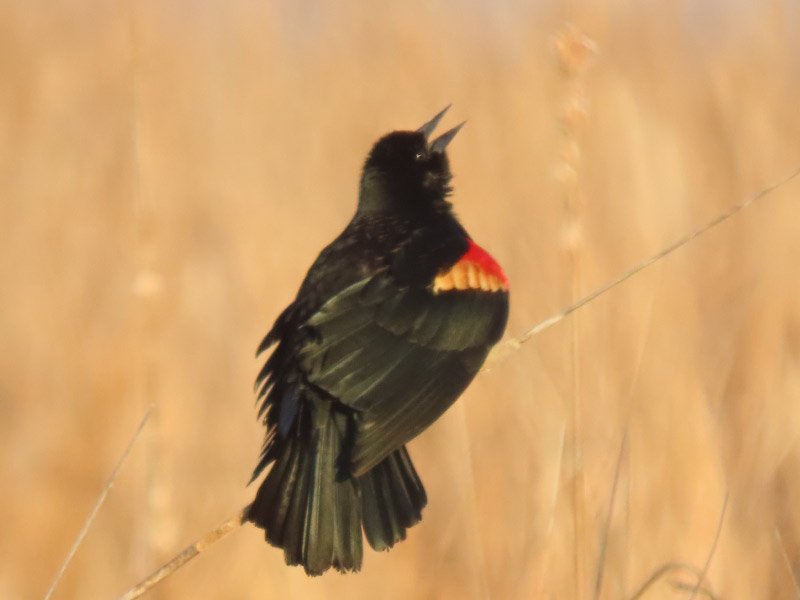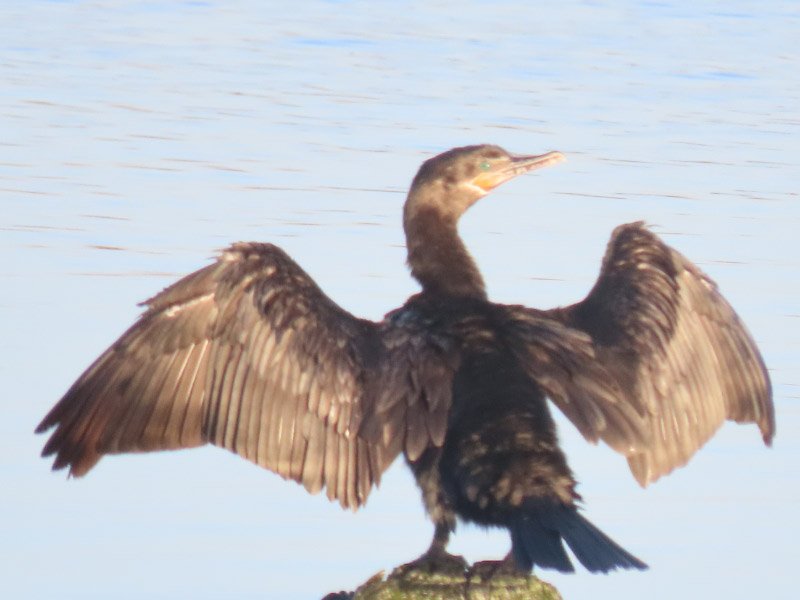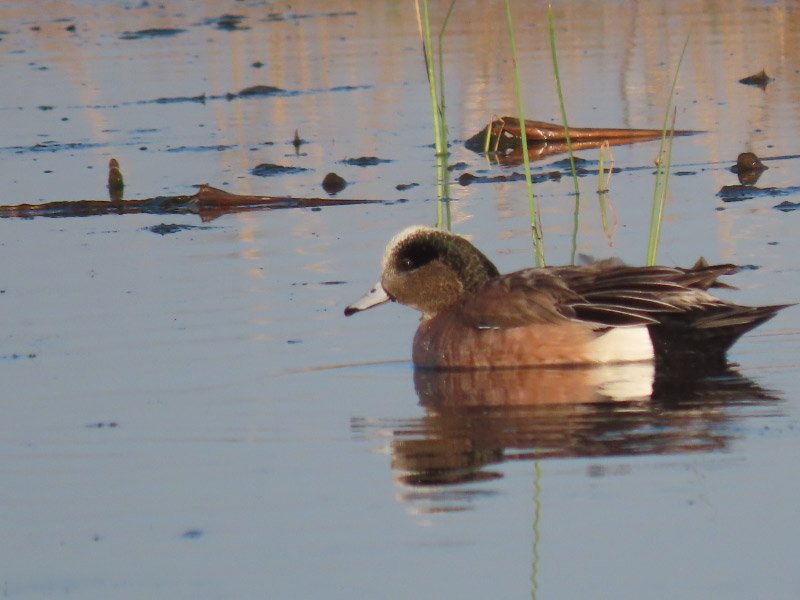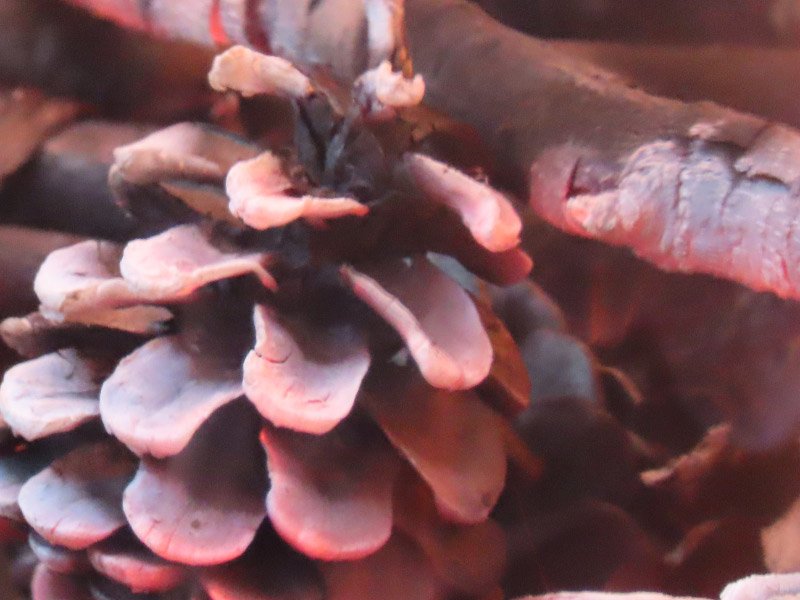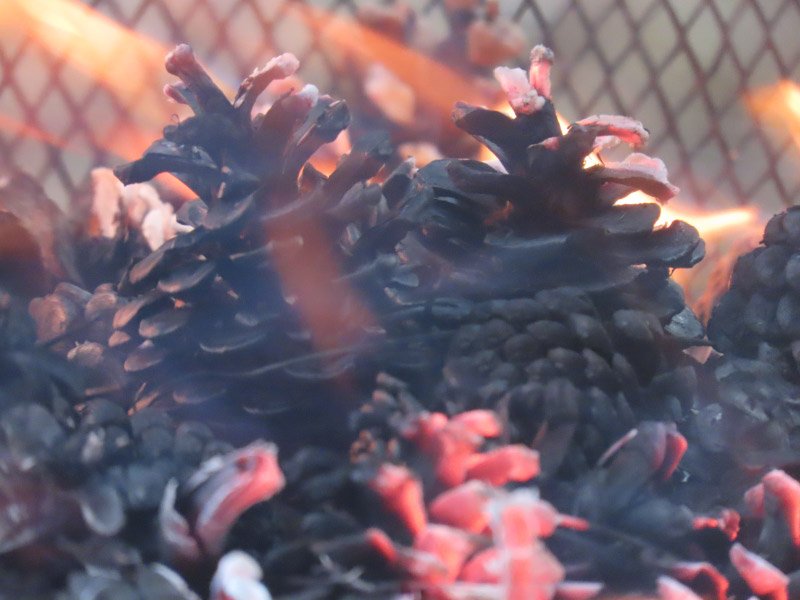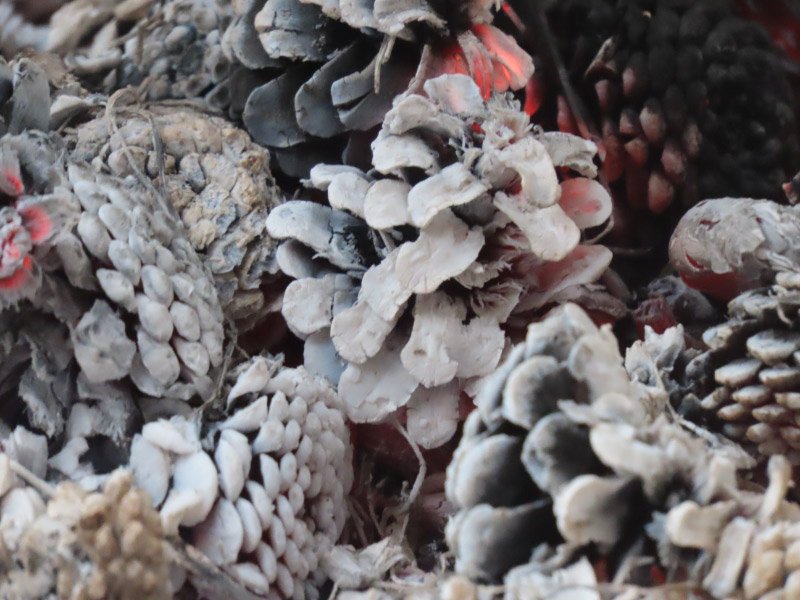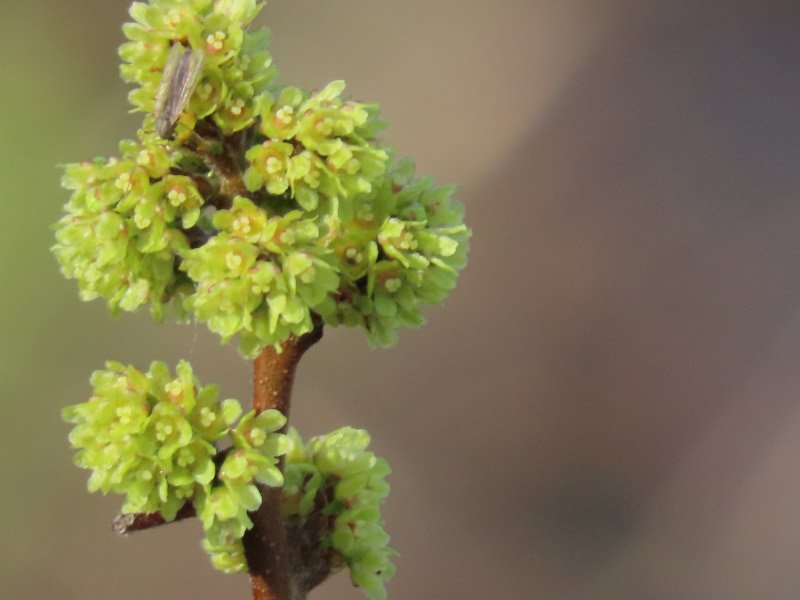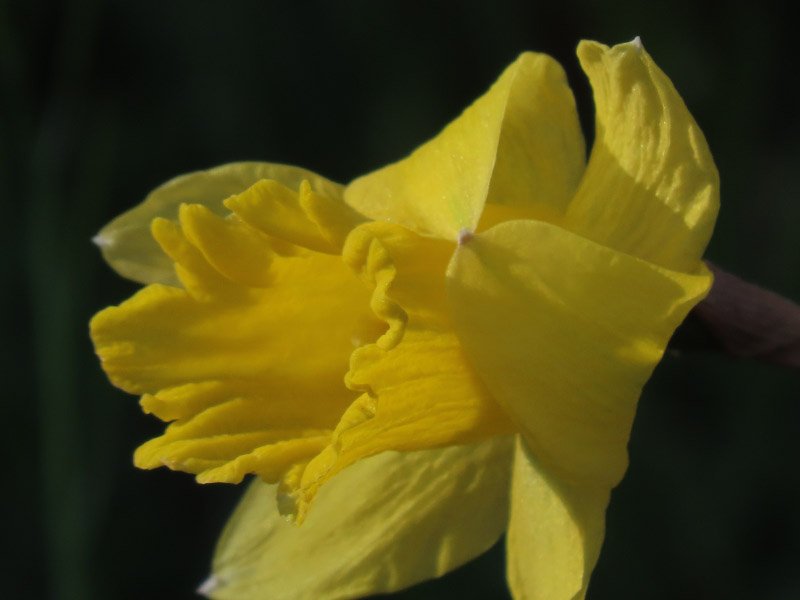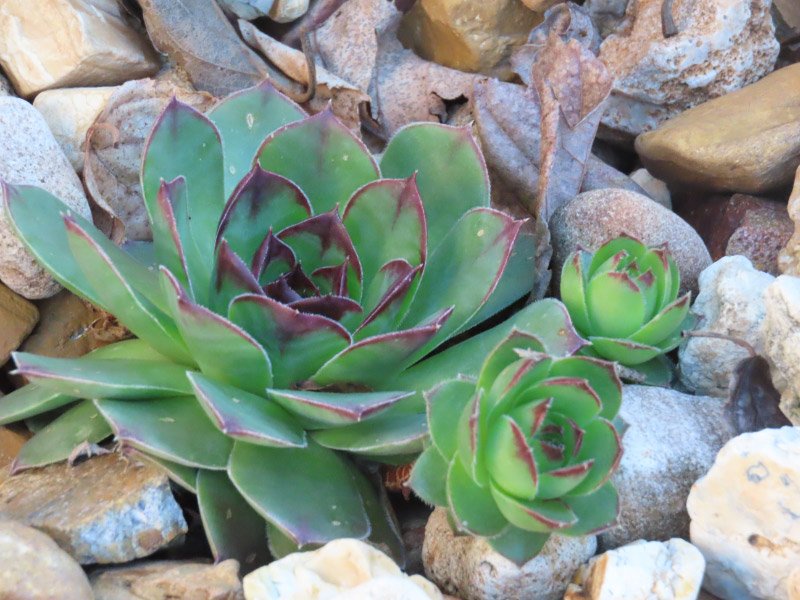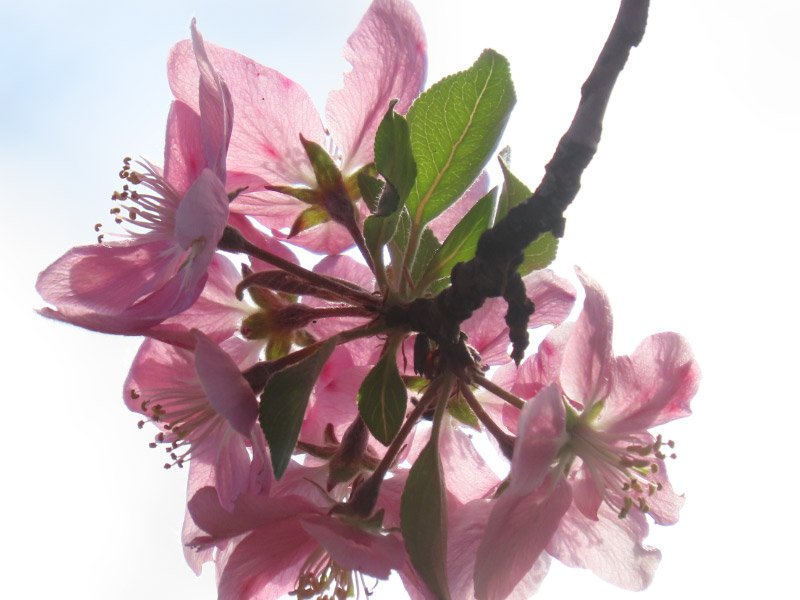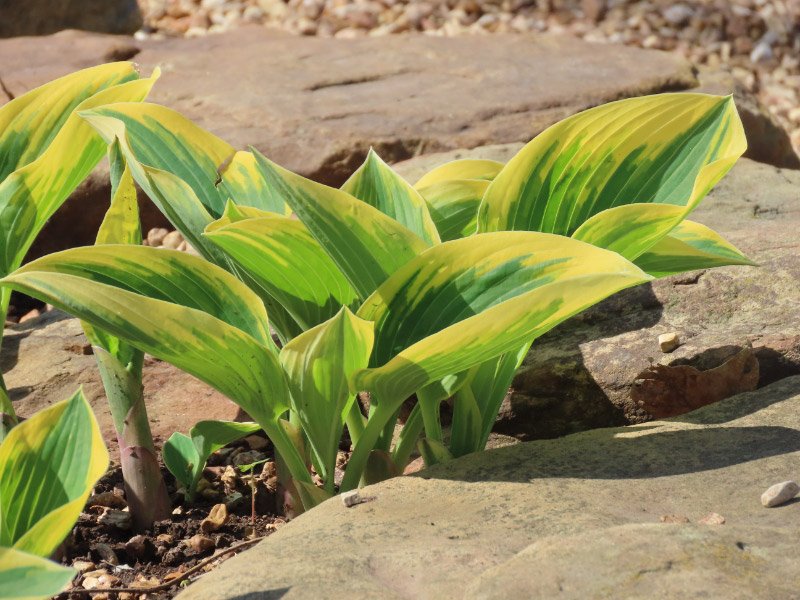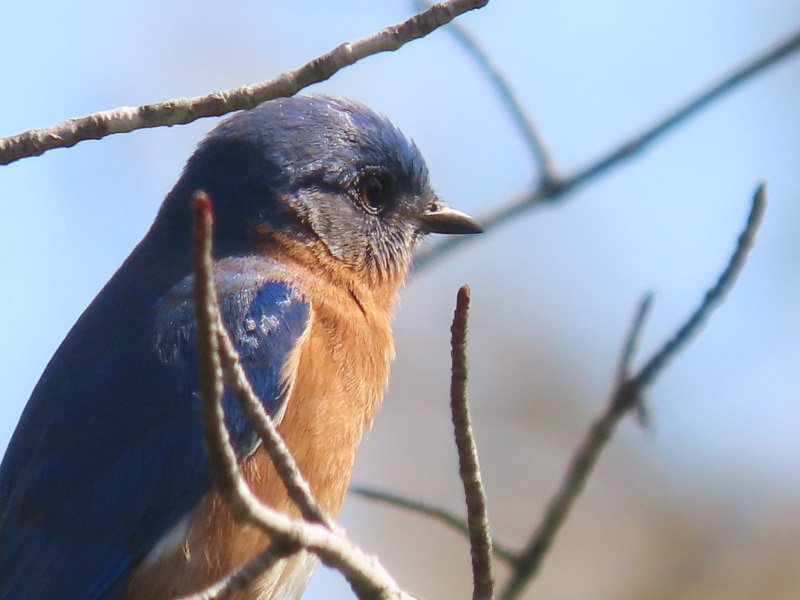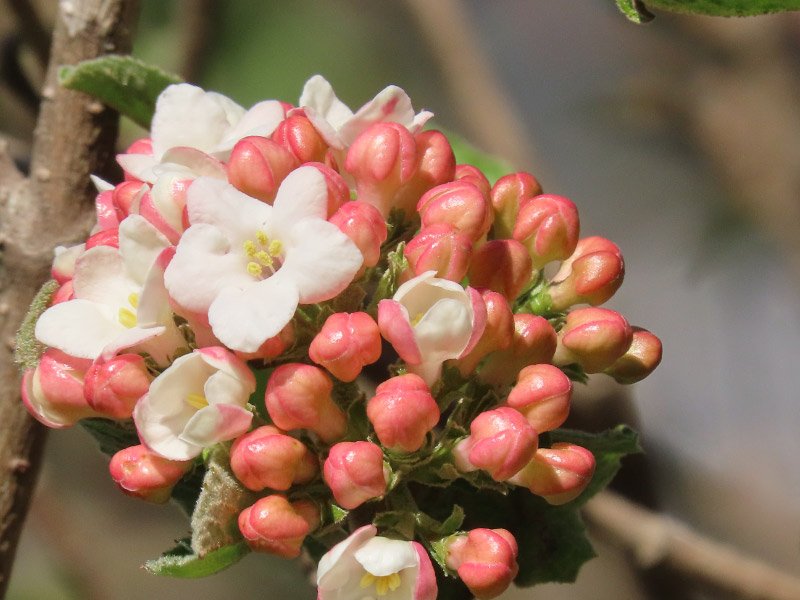Two Mile Beach
/There were other sights beside the oystercatchers and whelks at Two Mile Beach during the Cape May Spring (birding) Festival .
A Horseshoe crab heavily encrusted with barnacles had dug into the beach to survive until the next high tide. They can survive for quite a few hours that way. Our guide from the US Fish and Wildlife Service removed the sand from around it. The crab had already died unfortunately….very sad. It would have been exciting to carry a living crab down to the water’s edge. It was interesting to learn that all the older crabs accumulate barnacles. It changes the look of their shell (do the barnacles block some of their senses as well? I didn’t think to ask.
There was a young Herring Gull at the edge of the water getting lunch. Is that a small horseshoe crab? It’s a crab rather than a bivalve or fish for sure.
And there was an adult Herring Gull nearby.
The whelks were not the only kind of marine snail on the beach.
A smelly carcass of a dead whale was also on the beach. From far away it looked like a rock but as we got closer the smell wafted around us. Closer still and we saw the flies. It was too deteriorated to determine the type of whale. One flipper looked less decayed…a little swollen.
On a more positive note – a piping plover was investigating the beach. The male was making courtship scratches in the sand. Maybe they will nest on the beach. It used to be a place that plovers nested but it’s not happened in recent years.
As we walked back toward the dune path, I noticed an odd lump with black markings in the sand. I zoomed in with my camera – a ghost crab! We had been seeing their holes with the remains of their dinners scattered around all over the beach. They are predators and their color camouflages with the sand. The black eyestalks were what I noticed first.
My husband commented that the guides we’ve had that are staff at a National Wildlife Refuge (at Bosque del Apache, Sevilleta, and Two Mile Beach) have all been excellent. I agree with his assessment.


